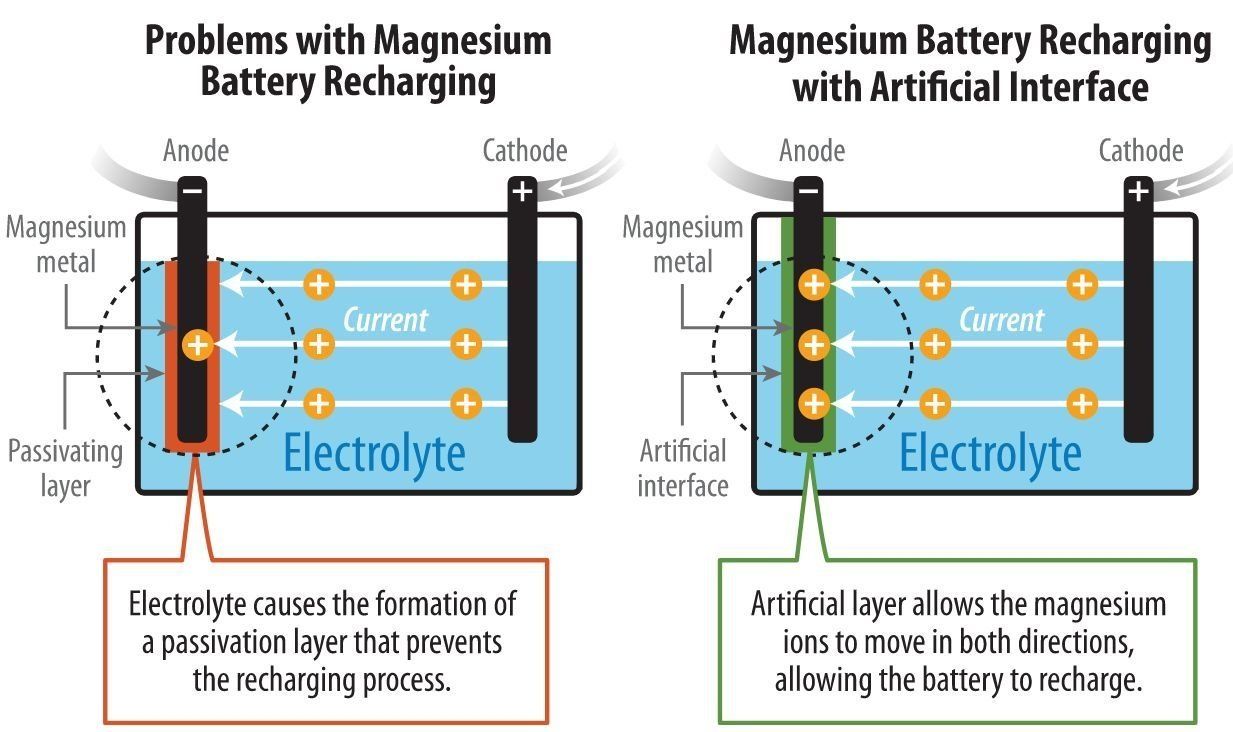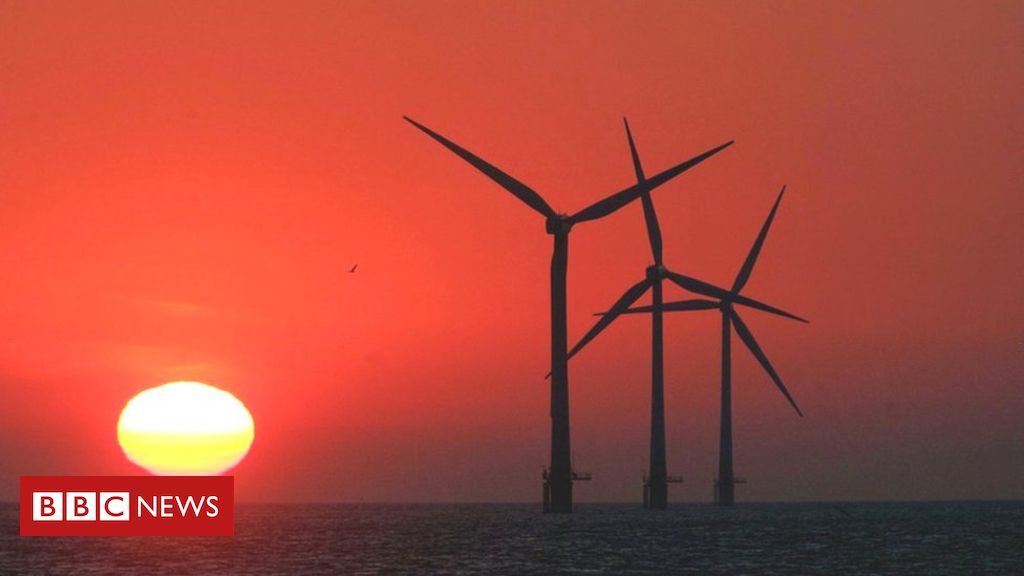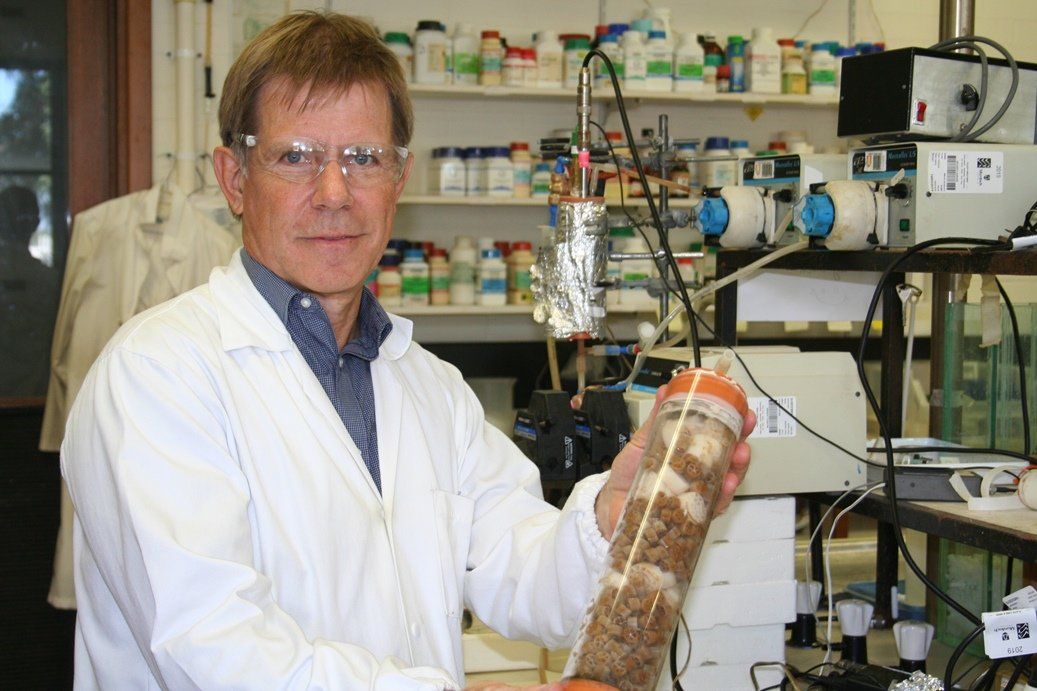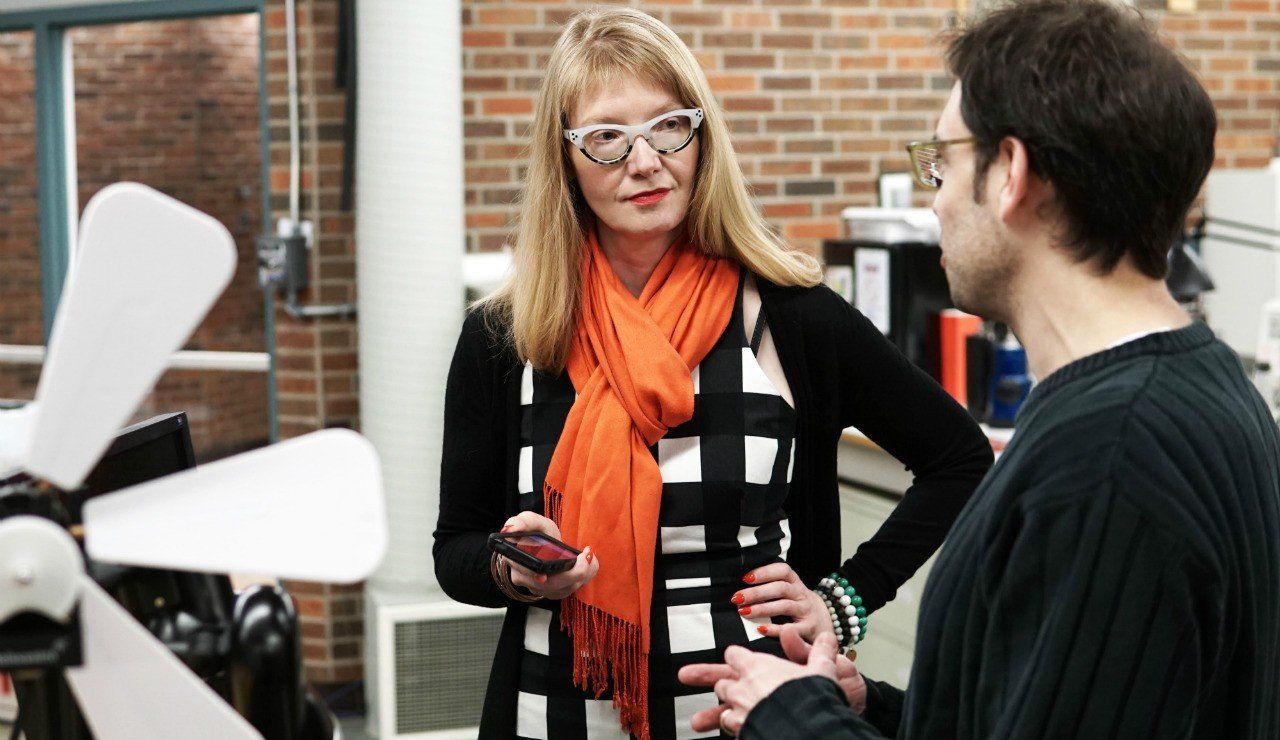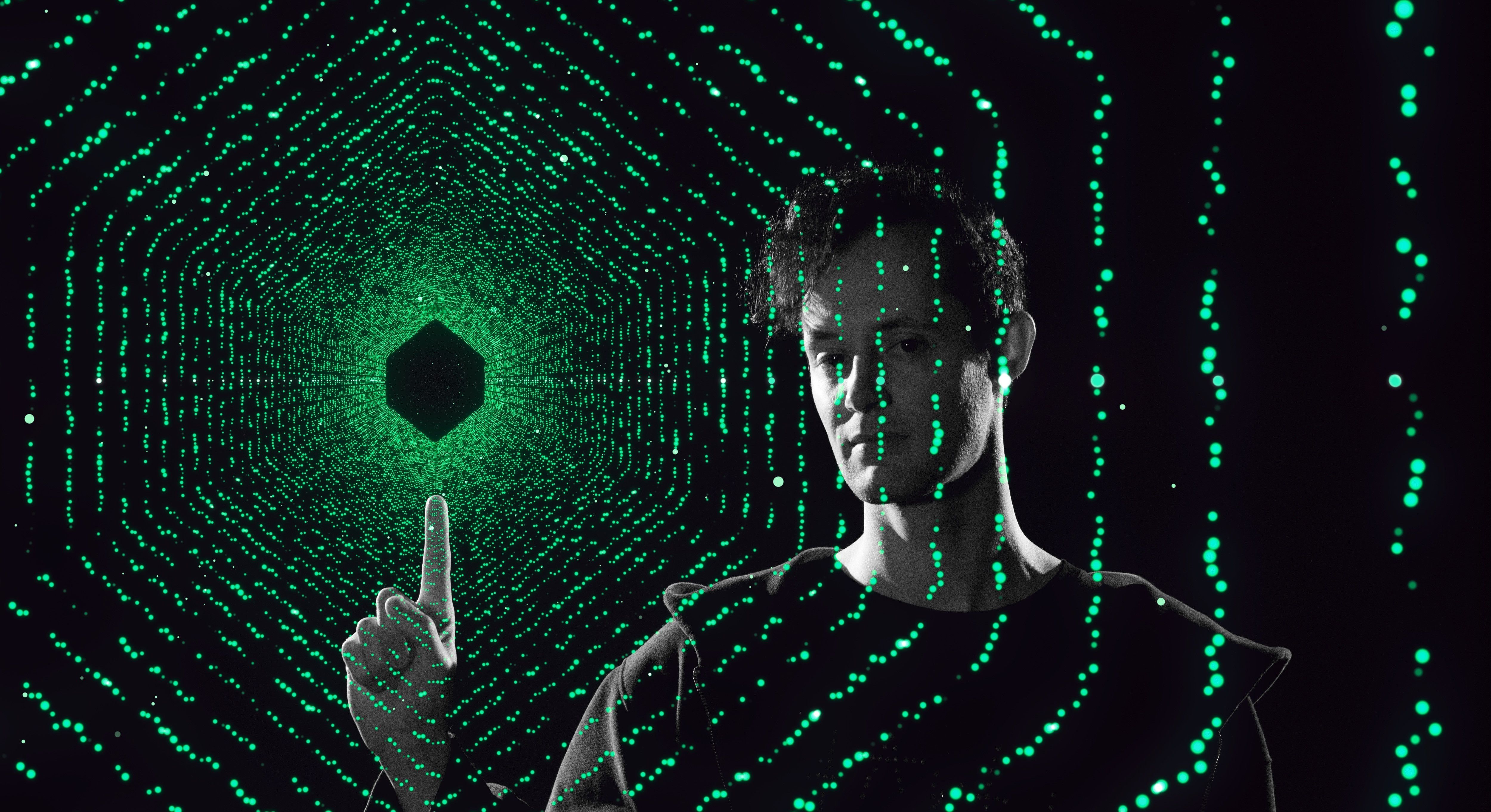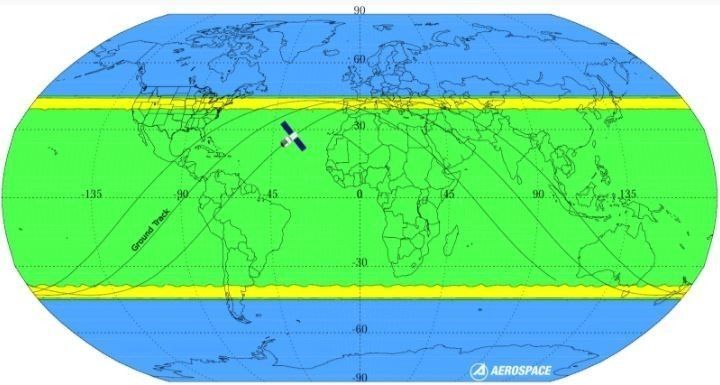Mitsubishi Hitachi Power Systems (MHPS) and Carnegie Mellon University (CMU) today announced the release of the 2018 Carnegie Mellon Power Sector Carbon Index, at CMU Energy Week, hosted by the Wilton E. Scott Institute for Energy Innovation. The Index tracks the environmental performance of U.S. power producers and compares current emissions to more than two decades of historical data collected nationwide. This release marks the one-year anniversary of the Index, developed as a new metric to track power sector carbon emissions performance trends.
“The Carnegie Mellon Power Sector Carbon Index provides a snapshot of critical data regarding energy production and environmental performance,” said Costa Samaras, Assistant Professor of Civil and Environmental Engineering. “We’ve found this index to provide significant insight into trends in power generation and emissions. In particular, the data have shown that emissions intensity has fallen to the lowest level on record, as a combination of natural gas and renewable power have displaced more carbon intensive coal-fired power generation.”
The latest data revealed the following findings: U.S. power plant emissions averaged 967 lb. CO2 per megawatt hour (MWh) in 2017, which was down 3.1 percent from the prior year and down 26.8 percent from the annual value of 1,321 lb CO2 per MWh in 2005 The result of 2016 was initially reported as 1,001 lb/MWh, but was later revised downward to 998 lb/MWh.
